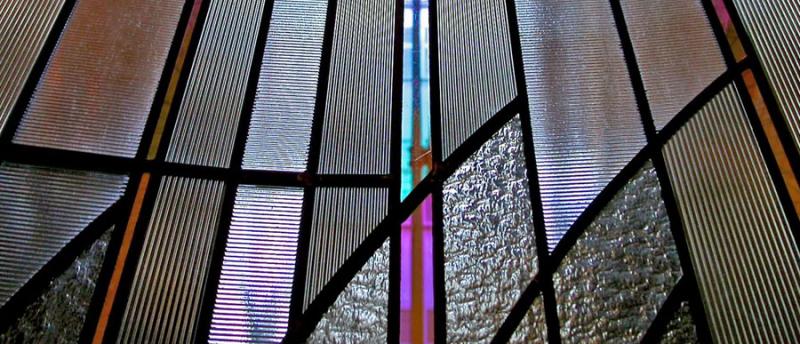
Art Deco – A Global Design
By Sean Mahon
The Art Deco movement began in the early 20th Century in Europe – intended to be an ultra-modern form of decorative arts, it was largely characterised by angular patterns and linearity. Everything from artwork and architectural design to furnishings and fashion were influenced by its motifs. Heavily modern and futuristic, it also had a firm grip on the indigenous world and Ancient cultures. Initially a modernist Machine Age reaction to Art Nouveau –and its affinity to natural forms and structures – Art Deco designs were heavily showcased at the International Exposition of Modern Industrial and Decorative Art in Paris in 1925.
Much of the work presented at this exhibition was that by members of La Societe des Artistes Decorateurs (The Decorative Artists Society), for example, architect Hector Guimard, who had made his name designing the façades for metro station entrances in Paris. The world quickly took notice of this new exuberant form and began to follow suit. Art Deco came to represent a glamorous future seen through the eyes of the decadent Jazz Age of the 1920s; space-age modernity, advancing technology, as well as hedonistic luxury and leisure.
Almost everything about the ‘Roaring Twenties’ and early thirties of Europe and America was influenced by its exuberance. Tall and jutting skyscrapers with majestically patterned spires, domestic furniture featuring glossy materials, straight-line sunrise and Aztec motifs, Ancient Egyptian-inspired jewellery and streamlined sports cars – Art Deco spared nothing. Advertising posters too took heavy influence; not just an elitist movement after all, as ad agencies saw Art Deco as a way to sell mass consumerism.
Some of the best known examples of Art Deco are architectural. Building designs focused on symmetrical geometrics, straight lines, extensive use of glass and a mixture of bold and industrial colours; bright yellows, ruby and turquoise were just as popular as machine grey or ancient bronze and gold. Some critics argued it Art Deco designs were lacking in decoration, whilst others complained the movement was too ostentatious and indulgent.
Two of the most prominent architectural examples during this early period are located in New York City: The Chrysler Building and The Radio City Music Hall. The former was designed by architect William Van Alen and for a time was celebrated as the tallest building in the world. The latter was funded by American business tycoon John D. Rockefeller, Jr. and its interior was the work of Donald Deskey. Renowned for his use of Jazz Age furniture, Deskey’s work inside the Music Hall became a prominent example of Art Deco furnishings. He incorporated sculptures and wall paintings, whilst also commissioning contemporary artists to create huge works throughout the building. The Music Hall would become part of the 19-building Rockefeller Centre, all of which carried Art Deco influenced architecture and décor. Other famous examples include Rio de Janeiro’s famous Christ the Redeemer statue, Eltham Palace in London, Kavanagh Building in Buenos Aires and the Mossehaus in Berlin.
While the movement dwindled during the latter 1930s and had largely disappeared by the end of the Second World War, it witnessed resurgence in the Swinging Sixties, particularly in terms of interior design. In regards to architecture, the Miami Beach hotel district was heavily influenced by its return. Art Deco emerged once again in the eighties where the motto was ‘Bigger, Brighter, Bolder’, coinciding with massive advances in technology.
Share this article:




















